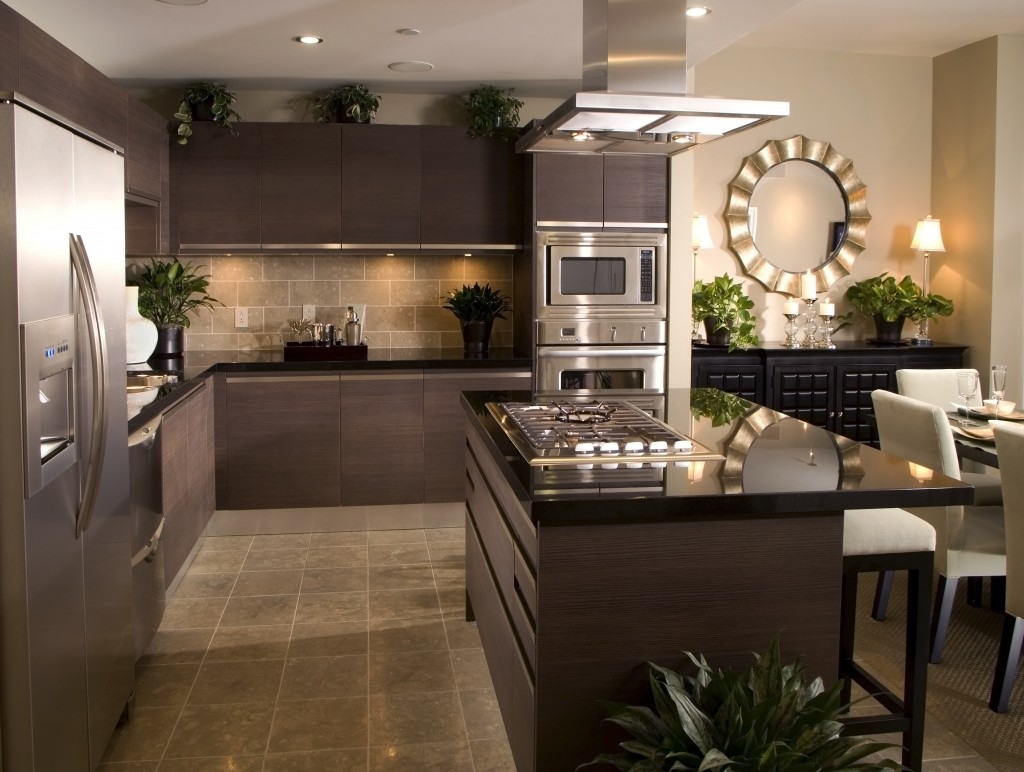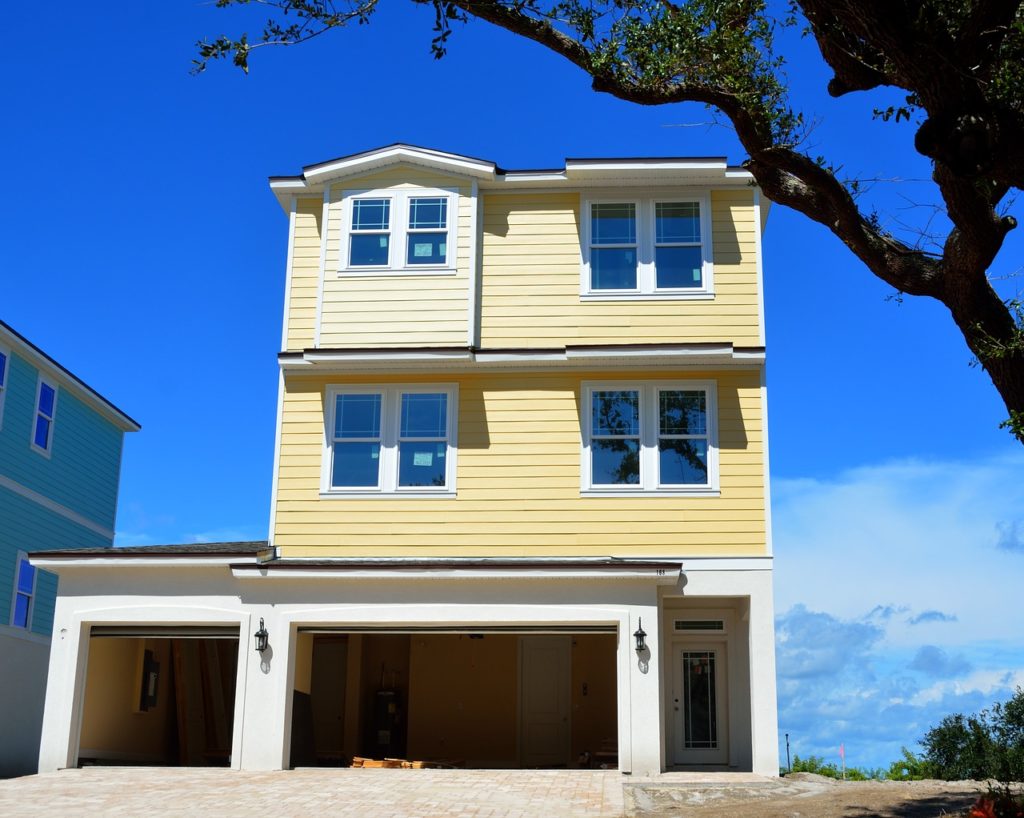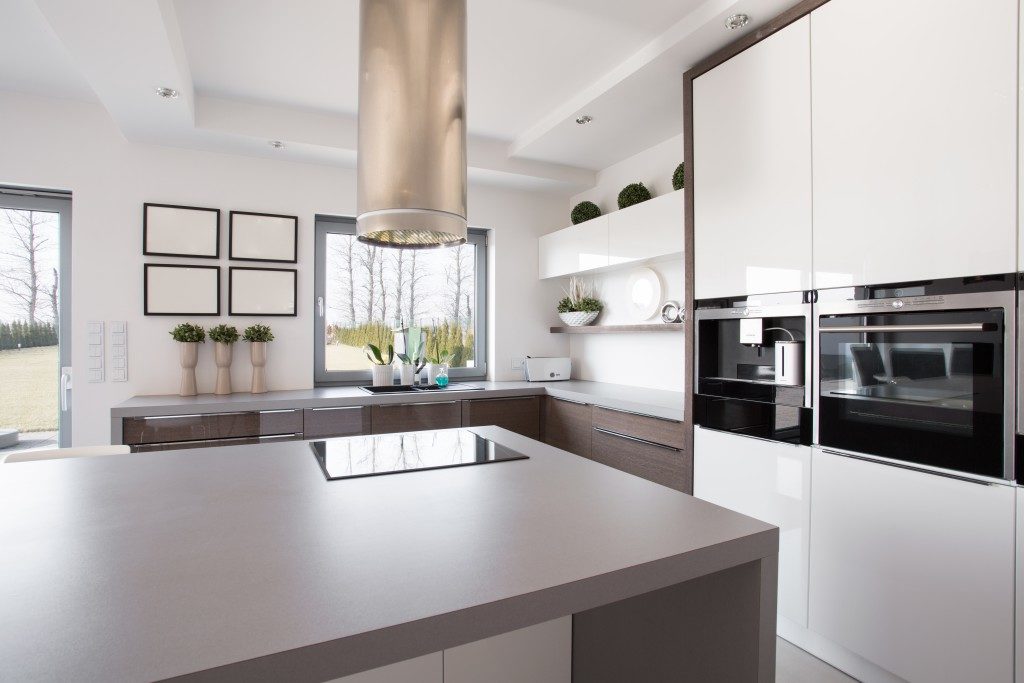One of the perks of buying house & land packages is making customized adjustments to a planned build. Working with the developer instead of relying on your own skill in terms of design and construction know-how is advantageous for the average person. You get to save costs and simplify the entire process.
But one thing many prospective homeowners don’t realize is that being able to customize your soon-to-be home often limits you to considering current needs. When we envision our dream homes, we can have an idealized scenario in mind. We seldom think about what the entire world will be like or how gracefully we might have aged over the years.
Increasingly, urban planners are being called upon to develop cities that anticipate the needs of the future. Likewise, you can follow this principle, building your home smartly and sustainably to be as compatible as possible with your long-term needs.
Bracing for climate change

Everyone can agree that climate change is real, it’s here, and its effects on our daily lives are only growing. What each person experiences may be different, however. Some of us are fortunate enough to feel the weather getting a little hotter each year but remain within a tolerable range.
Others aren’t so lucky. They live in areas where extreme weather events are getting more frequent and having a greater impact. Once-a-decade floods, storms, or wildfires might be happening every year or two.
Homes today are often built to code, which in reality means that they meet the minimum requirements for structural durability. Yet those standards were devised without considering the impacts of a changing climate on our buildings.
With this in mind, you may want to go above and beyond in terms of building a resilient home. It may cost more now, but withstanding the elements in a world of climate change can save you far more money down the road.
Designing for sustainability
It’s hard not to think of sustainability when you consider the impact of climate change. The two are inextricably linked. Ill-advised practices and poor resource management by humans as a collective have led us to the current environmental crisis.
Building a home that tries to approach net-zero emissions may now be well within reach for many property owners. Passive solar features are often best incorporated into the design from the outset. Planning for shade in hot climates or thermal absorption in cold areas will let you reap the rewards in terms of cost savings over the years.
While you’re at it, you may also want to consider leaving more space on your property for a well-planned garden. Growing your own vegetables is an option. So is tending native plants to harbor biodiversity and help the local ecosystem.
Keeping an eye on aging
Visualizing your dream home is rarely accompanied by an accurate image of yourself as you might be years from now. We all age differently, but at some point, everyone feels a little slower, stiffer, and suffers the occasional aches and pains more frequently.
It’s unlikely that your long-term vision involves seeing yourself in residential aged care. The majority of older people today prefer aging in place.
If that’s your goal, and this is the home where you intend to settle down, it won’t hurt to make a few adjustments in the design stage. Upper floors, for instance, tend to become unused as we grow older and lose mobility. You can add features such as ramps or grab rails later on, but wide doorways and reinforced walls for attachment are best developed from the outset.
These needs are universal and unlikely to change in anyone’s future. Anticipate them as you build, and you’ll save on money, time, and effort.



